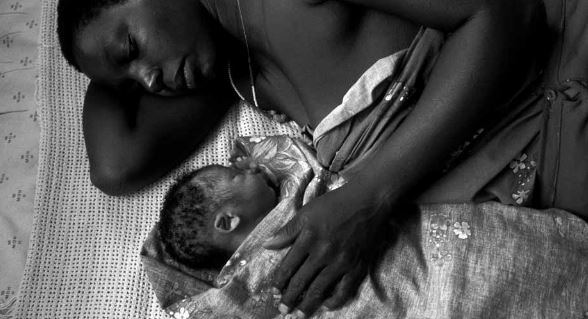Media Resource Pack on Sexual and Reproductive Health

This online media hub from Panos London includes a range of resources meant to brief the media on raising the visibility of issues related to sexual and reproductive health services. The various resources included are designed to help editors, producers, and journalists cover the complex issues that surround the right to health and access to sexual and reproductive health services. The Panos position is that sexual and reproductive health services are vital in preventing unnecessary deaths; however, governments and health organisations do not prioritise spending on these services. Their objective is to support journalists to raise this debate among civil society and in government through the media. In addition to developing case studies as human interest stories, the resource pack's publicly available feature stories serve as samples of how to use researchers as journalistic sources to further inform the debate.
The hub includes the following:
- Panos Media Toolkit No. 4, Good Choice: The Right to Sexual and Reproductive Health, is a briefing document of 6 pages - available for download in PDF format - that opens with a focus on barriers to public discussion including stigma, discrimination, legislation, and funding influences that control policy; and how some countries have overcome the barriers. The briefing highlights neglected issues and discusses reporting on sensitive issues in a side-by-side section with lessons learned from journalistic experience. It explains the use of researchers as media sources to help inform the public and gives a list of research organisations and their contact information as resources.
- Six feature stories - 3 print stories and 3 radio features - to illustrate the scope of how media can enhance and inform public debate on sexual and reproductive health issues.
The following 3 titles are "free-to-reproduce" print feature articles, from geographically diverse locations, intended to demonstrate, through interviews supported by country-specific health care data, the state of sexual and reproductive health and the power of media to publicise it:
- Uganda: "I Waited for My Death" by Ssemujju Ibrahim Nganda - the first-person story of a woman struggling to give birth to her thirteenth child with insufficient local health resources, followed by research-based information on reproductive health care resources in Uganda.
- India: "A Tale of Two Births" by Thingnam Anjulika Samom - an account of giving birth without systemic health care support in a camp of refugees displaced by religious and ethnic cleansing contrasted with an account of a planned Caesarean birth in a middle class urban hospital.
- Bangladesh: "Men Welcome" by Moslem Uddin Ahmed - an account of a couple using birth control planning, followed by research-based information on the history of national reproductive health policy.
The following are publicly available web-based radio programmes interviewing individuals on topics related to sexual and reproductive health care:- Kenya: "Desperate Measures" by journalist Winnie Onyimbo - a 6-minute account of illegal abortions with interviews of women patients and doctors on the subject, as well as a discussion of national policy and the debate about its consequences.
- Zambia: "Being a Man in Risky Times" by journalist Arnold Tutu - a 7-minute account of the attitudes of men toward visits to health providers to seek diagnosis for sexually transmitted infections and what is stopping men from using services.
- Uganda: "Love Is Not Evil" by journalist Machrine Birungi - interviews with teens and clinic staff expressing their experience and opinions at a sexual health clinic for teenagers in Naguru, a suburb of Kampala, located in a country where opinion is divided on whether it is better to teach abstinence from sex or to give contraceptive advice.
- Readers who click here may access a section of the media hub that explores the audio programme cited just above - "Love Is Not Evil" - from the reporter's own perspective. There, in "Developing a Story", Birungi raises a series of questions for further exploration, offers detailed background notes from his reporting experience, and explains why he chose to focus on the Naguru Teenage Centre ("this is one of the most popular groups in Uganda where young people can shed their fears and express themselves without any inhibitions. I don't think I would have succeeded in talking to them in the way I did outside this centre.")
- In addition to a list of useful websites, the media hub also features a sexual health guide that includes the following topics: the scale of the problem, "rights: not a simple story", ideological and other barriers, poor infrastructure and fragmented services, related health problems and new technologies, and directions for the future.
Publishers
6-page PDF, 3 pages of online print feature stories, 6-7 minute web-based radio features, website
Panos London Update April 2007; and Panos London website, May 19 2009.
- Log in to post comments
